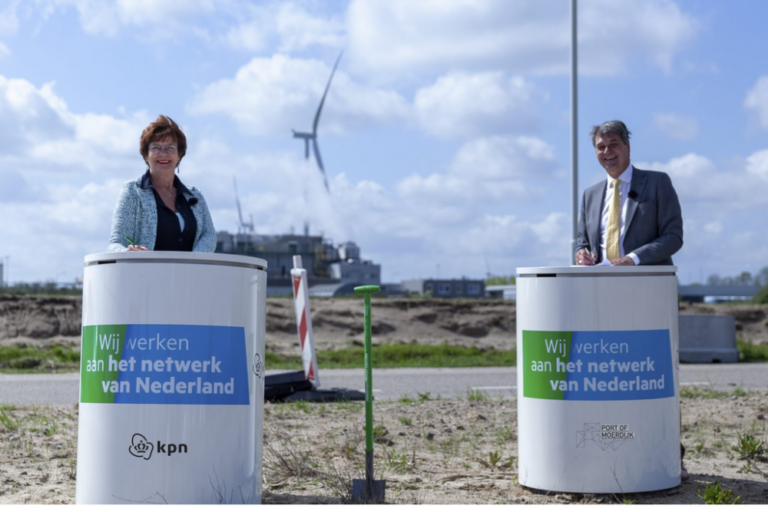Leonardo is an Italy-based cybersecurity solutions firm.
Ericsson and Leonardo, are partnering to explore and develop new 5G solutions and business models spanning industrial, public safety and critical infrastructure.
The collaboration agreement, which is international in scope, aims to provide solutions for use cases that need more reliable and higher performance from 4G and 5G.
Ericsson and Leonardo are to share R&D capabilities and competences spanning cyber security, 5G networks and service evolution.
The partnership will address cyber security – threats are becoming more complex in particular for strategic critical infrastructures as demonstrated by the cyberattack on the Colonial Pipeline last month which delivers nearly half of all the diesel and gasoline consumed on the East Coast of the US.
The collaboration will be open to network operators and other ecosystem partners for some specific projects.
It will also address integration and interoperability with existing narrowband digital communications using LTE and 5G technologies to design and deliver solutions to provide first responders – such as firefighters, emergency medical service personnel and police officers – with fast and secure communications to save lives.
Leveraging existing infra
Integration with narrowband infrastructure would support services such as real-time video, massive use of sensors and augmented reality.
Under the terms of this new agreement, such jointly developed solutions can be integrated into Leonardo Command & Control propositions to bring the benefits of critical mobile broadband into public safety operations.












